Home>Gardening & Outdoor>Landscaping Ideas>What Length To Cut Grass In Fall


Landscaping Ideas
What Length To Cut Grass In Fall
Modified: October 20, 2024
Learn the ideal grass length for fall landscaping with our expert tips. Discover essential landscaping ideas to maintain a beautiful lawn this season.
(Many of the links in this article redirect to a specific reviewed product. Your purchase of these products through affiliate links helps to generate commission for Storables.com, at no extra cost. Learn more)
Introduction
Welcome to the crisp, golden season of fall, where the landscape transforms into a breathtaking tapestry of warm hues. As nature gracefully prepares for the winter slumber, it’s essential to ensure that your lawn receives the care it needs to thrive through the colder months. One crucial aspect of fall lawn maintenance is determining the optimal length at which to cut the grass. This seemingly simple task holds significant importance in safeguarding the health and vitality of your lawn.
As the days grow shorter and the temperatures begin to drop, understanding the best practices for grass maintenance in the fall is vital for a lush, vibrant lawn come springtime. Join us as we delve into the intricacies of grass cutting in the fall, exploring the factors to consider, the recommended grass length, and the best techniques to employ. By the end of this journey, you’ll be equipped with the knowledge to elevate your lawn care practices and nurture a thriving, resilient landscape.
Key Takeaways:
- Cutting grass to the right length in the fall helps protect it from winter damage and promotes healthy growth in the spring. Different grass types have different ideal lengths, so it’s important to know your grass type.
- Follow best practices like the one-third rule, maintaining sharp blades, and leaving clippings on the lawn to ensure your grass stays healthy and resilient through the changing seasons.
Read more: What Is The Best Length To Cut Your Grass
Importance of Cutting Grass in Fall
As the vibrant foliage adorning the trees begins to wane, the significance of cutting grass in the fall becomes increasingly apparent. This season serves as a transitional period for your lawn, and the care you provide now can significantly impact its health in the months to come.
One of the primary reasons for cutting grass in the fall is to prevent snow mold, a common fungal disease that thrives in matted grass. By maintaining an optimal grass length, you can minimize the risk of snow mold taking hold and causing damage to your lawn during the winter. Additionally, cutting the grass to the correct height allows for better air circulation, which is crucial for preventing disease and promoting healthy growth.
Furthermore, maintaining a well-groomed lawn in the fall enhances its ability to absorb essential nutrients, such as sunlight and water. This, in turn, fosters robust root development, fortifying the grass against the harsh conditions of winter. By prioritizing fall grass cutting, you’re effectively laying the groundwork for a resilient and vibrant lawn in the seasons ahead.
It’s also important to consider the aesthetic appeal of a neatly trimmed lawn during the fall. As the foliage around your property transforms into a spectacle of warm tones, a well-maintained lawn serves as a picturesque complement, enhancing the overall visual allure of your outdoor space.
By recognizing the importance of cutting grass in the fall, you can proactively nurture your lawn, ensuring its ability to withstand the challenges of winter and emerge revitalized in the spring.
Factors to Consider when Cutting Grass in Fall
When embarking on the task of cutting grass in the fall, several crucial factors warrant careful consideration to ensure optimal lawn health and vitality.
- Grass Type: Different grass species have varying optimal heights for fall cutting. Warm-season grasses, such as Bermuda and Zoysia, thrive with shorter cuts, while cool-season grasses like Kentucky bluegrass and fescue benefit from slightly longer lengths. Understanding the specific requirements of your grass type is essential for making informed cutting decisions.
- Growth Rate: As the growth rate of grass tends to slow in the fall, adjusting the cutting frequency is important. Instead of focusing on rapid regrowth, the goal shifts to maintaining an appropriate length to support the grass during the winter months.
- Weather Conditions: Monitoring the weather patterns in your region is crucial when determining the ideal grass length. In areas prone to early snowfall, leaving the grass slightly longer can provide added insulation and protection against frost, while regions with milder climates may benefit from a shorter cut.
- Lawn Usage: Consider the level of activity your lawn experiences during the fall. If your outdoor space sees frequent use, leaving the grass slightly longer can help it withstand foot traffic and potential wear and tear.
- Soil Moisture: Assessing the moisture levels in the soil is vital before cutting the grass. It’s advisable to avoid cutting when the ground is excessively wet, as this can lead to soil compaction and damage the grass roots.
By taking these factors into account, you can make informed decisions regarding the length at which to cut your grass in the fall, ultimately promoting the health and resilience of your lawn.
In the fall, it’s best to cut your grass slightly shorter than in the summer to prevent matting and disease. Aim for a length of 2-2.5 inches to help the grass prepare for winter.
Recommended Length for Cutting Grass in Fall
As the autumn breeze carries a hint of winter’s approach, determining the recommended length for cutting grass in the fall is crucial for nurturing a resilient and vibrant lawn. The optimal grass height during this season serves as a protective shield, safeguarding the turf from the challenges of winter while laying the groundwork for lush regrowth in the spring.
For cool-season grasses such as Kentucky bluegrass, fine fescue, and perennial ryegrass, a recommended cutting height of around 2.5 to 3.5 inches is ideal during the fall months. This slightly taller length provides insulation against the impending cold and helps the grass endure the winter with resilience.
Conversely, warm-season grasses like Bermuda grass and Zoysia grass benefit from a shorter cut, typically ranging from 1 to 2 inches in the fall. This trimmer length aligns with the growth patterns of warm-season grasses during the cooler months, promoting a tidy appearance while minimizing the risk of snow mold and other fungal issues.
It’s important to bear in mind that adhering to the recommended grass length for fall cutting is not a one-size-fits-all approach. Factors such as local climate, grass type, and specific lawn conditions should be considered when determining the precise cutting height. By tailoring the grass length to suit the unique needs of your lawn, you can fortify its defenses against winter stressors while nurturing its overall health and vitality.
By adhering to the recommended grass length for cutting in the fall, you’re effectively providing your lawn with the support it needs to thrive in the face of seasonal transitions, setting the stage for a lush and resilient landscape in the months to come.
Best Practices for Cutting Grass in Fall
As the vibrant foliage begins to carpet the ground and the air carries a crisp chill, adopting best practices for cutting grass in the fall is essential for nurturing a resilient and vibrant lawn. By embracing these practices, you can safeguard your lawn against the challenges of the impending winter while setting the stage for a lush resurgence in the spring.
- Follow the One-Third Rule: Adhering to the one-third rule is paramount when mowing your lawn in the fall. Avoid cutting more than one-third of the grass blade’s length at a time to prevent stress and damage to the turf. This gentle approach promotes healthy regrowth and fortifies the grass against winter’s rigors.
- Maintain Sharp Blades: Ensure that your lawn mower’s blades are sharp to achieve clean, precise cuts. Dull blades can tear the grass, leaving it vulnerable to disease and stress. Regularly sharpening or replacing the blades is crucial for promoting the overall health and appearance of your lawn.
- Adjust Cutting Frequency: As the growth rate of grass slows in the fall, adjusting the cutting frequency is essential. Instead of adhering to a strict schedule, monitor the grass’s growth and trim it as needed to maintain the recommended height. This approach prevents unnecessary stress on the lawn while supporting its winter resilience.
- Leave Clippings on the Lawn: In the fall, consider leaving grass clippings on the lawn after mowing. When finely chopped, these clippings can serve as a natural mulch, enriching the soil with nutrients and organic matter. This practice promotes soil health and reduces the need for additional fertilization.
- Mow When Dry: It’s advisable to mow the lawn when the grass and soil are dry to achieve a clean and even cut. Mowing wet grass can lead to clumping and uneven trimming, potentially suffocating the lawn and impeding healthy growth.
By embracing these best practices for cutting grass in the fall, you can elevate your lawn care routine, nurturing a resilient and vibrant landscape that thrives through the seasonal transitions.
Conclusion
As the vibrant crescendo of fall unfolds, the care and attention you devote to your lawn play a pivotal role in shaping its resilience and vitality. By understanding the importance of cutting grass in the fall and considering the various factors that influence this practice, you can lay the groundwork for a lush, resilient landscape that endures the trials of winter and flourishes in the spring.
Embracing the recommended grass length for cutting in the fall, tailored to the specific needs of your lawn, serves as a protective shield against the impending cold, safeguarding the turf and fortifying its defenses. By adopting best practices such as adhering to the one-third rule, maintaining sharp blades, and leaving clippings on the lawn, you can elevate your lawn care routine, nurturing a landscape that thrives through seasonal transitions.
As you embark on this journey of fall lawn maintenance, envision the transformative impact of your efforts. Picture a resilient, vibrant lawn that stands as a testament to your dedication and care, offering a picturesque backdrop to the seasonal splendor that unfolds around it.
In the tapestry of nature’s transitions, your lawn becomes a canvas of life, resilience, and beauty. By tending to it with mindfulness and expertise, you not only nurture a thriving landscape but also cultivate a deeper connection to the natural world, where the seasons unfold in harmony with your unwavering stewardship.
So, as you step into the realm of fall lawn care, armed with knowledge and a touch of artistry, may your efforts yield a landscape that flourishes, evolves, and stands as a testament to the timeless dance of nature’s cycles.
Frequently Asked Questions about What Length To Cut Grass In Fall
Was this page helpful?
At Storables.com, we guarantee accurate and reliable information. Our content, validated by Expert Board Contributors, is crafted following stringent Editorial Policies. We're committed to providing you with well-researched, expert-backed insights for all your informational needs.
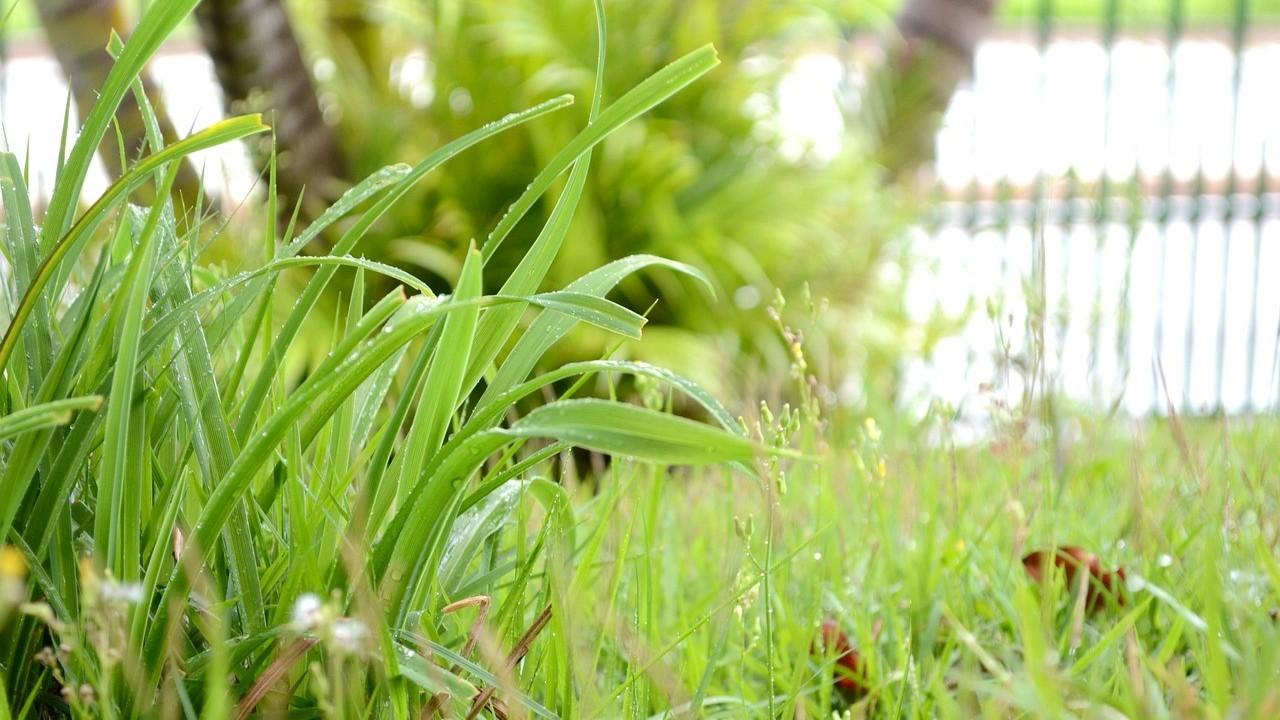

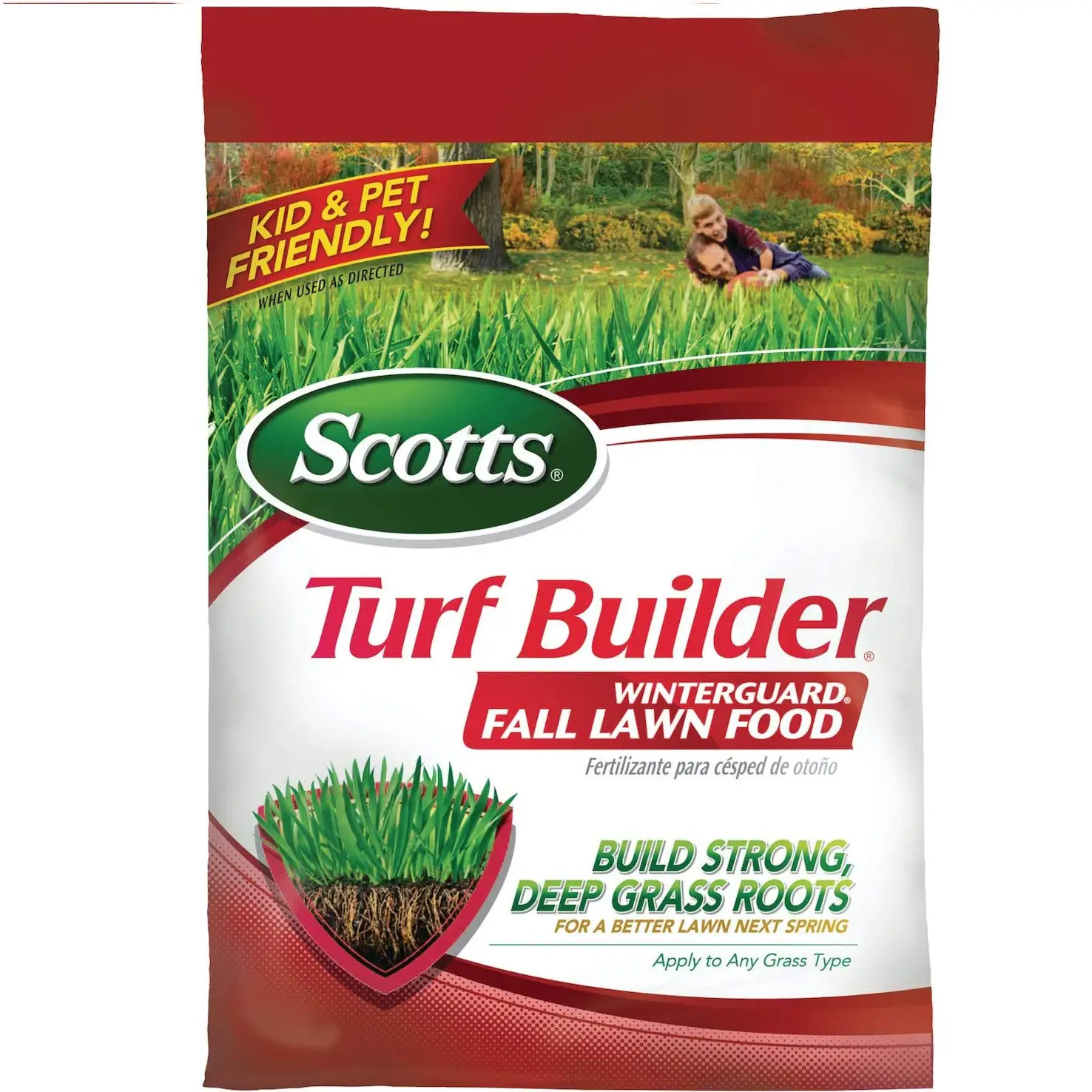
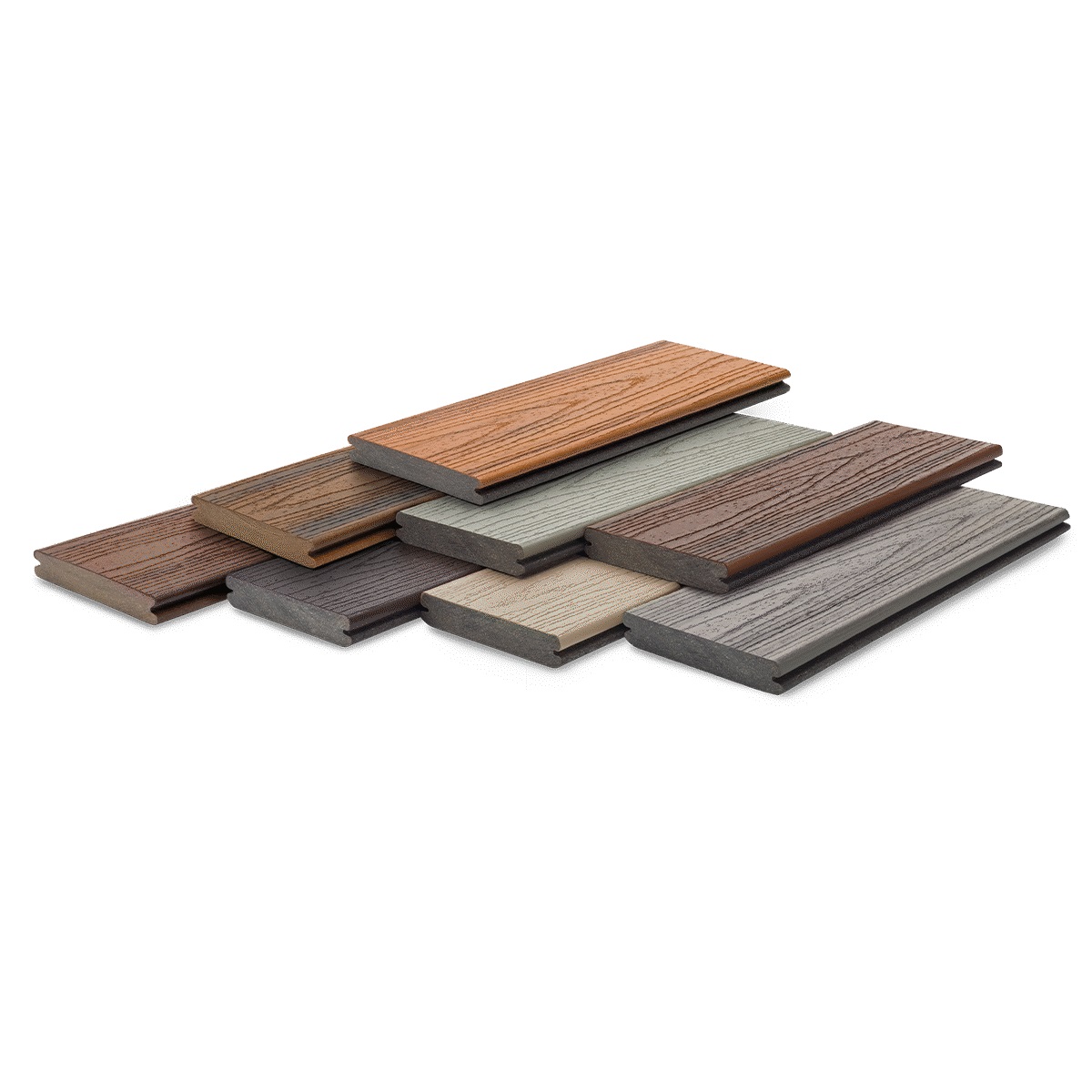
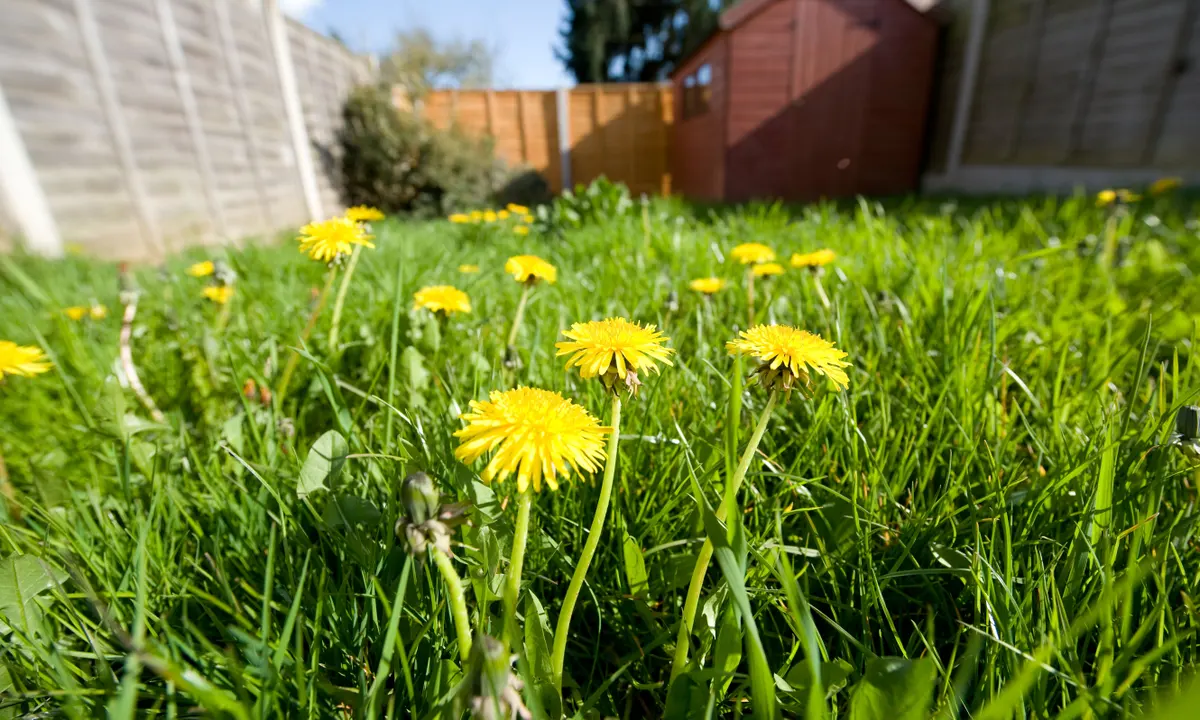
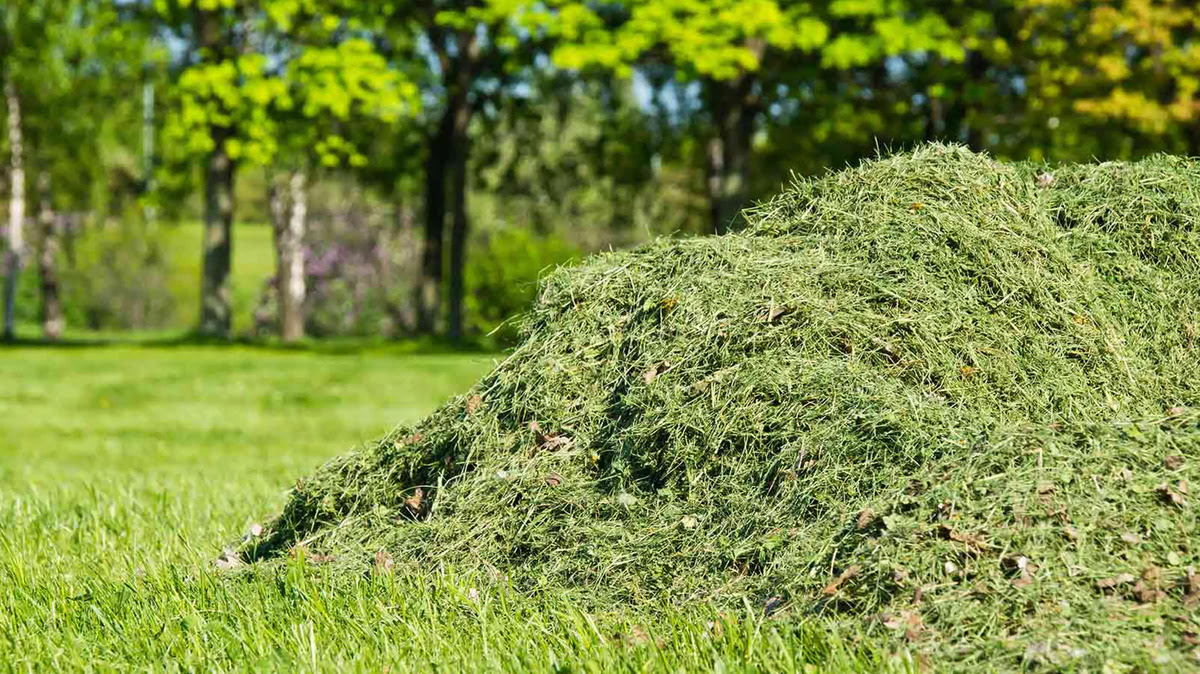
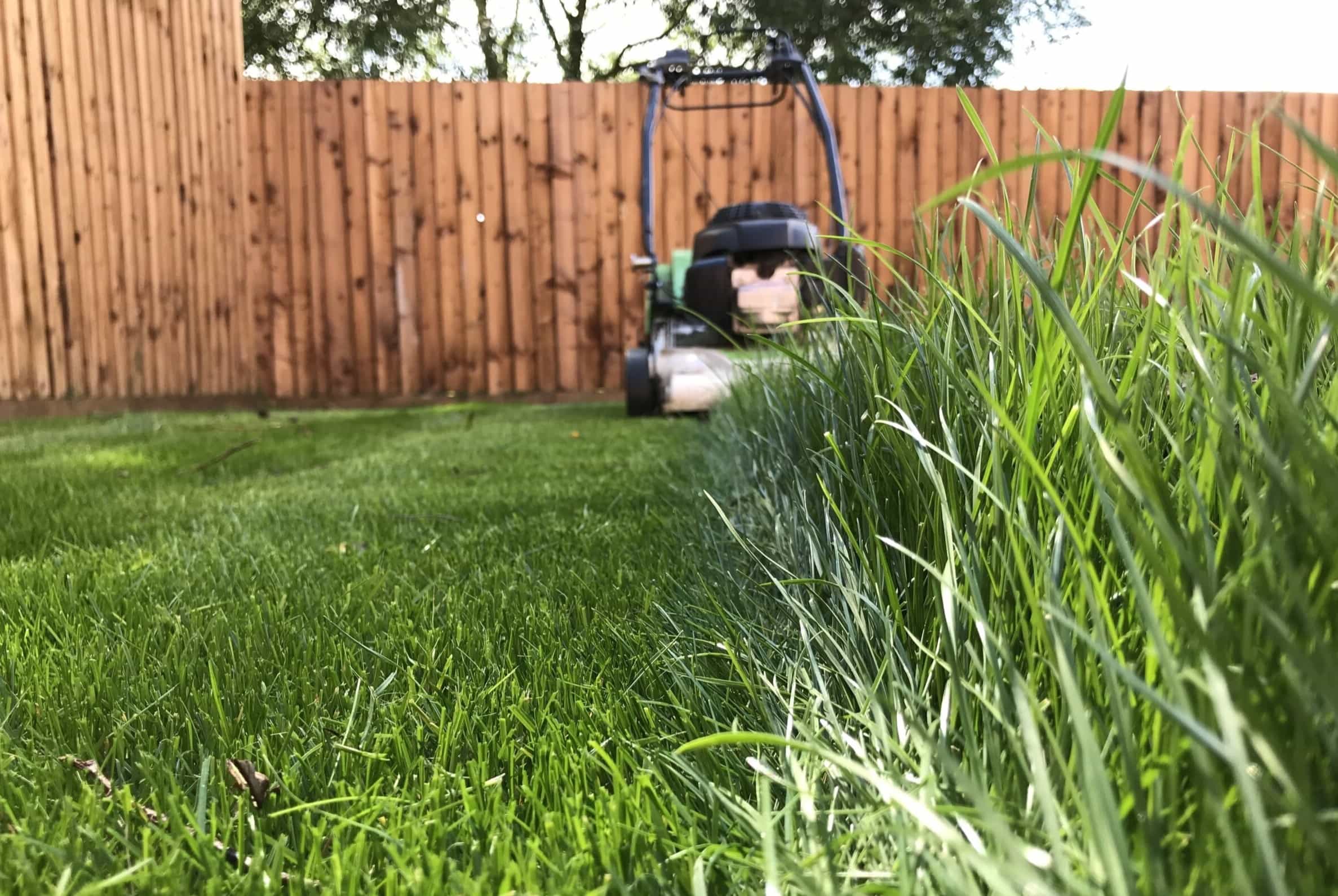
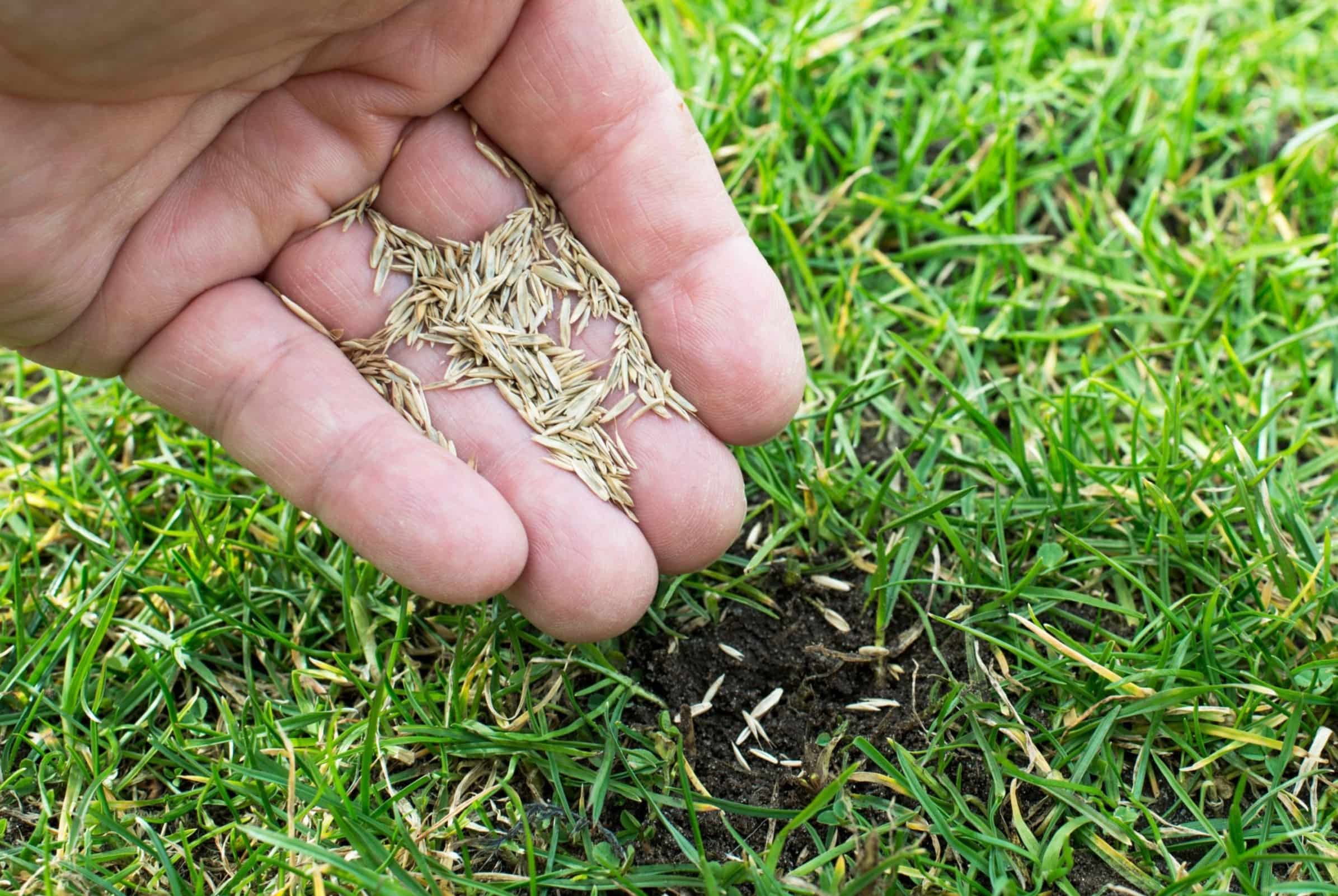
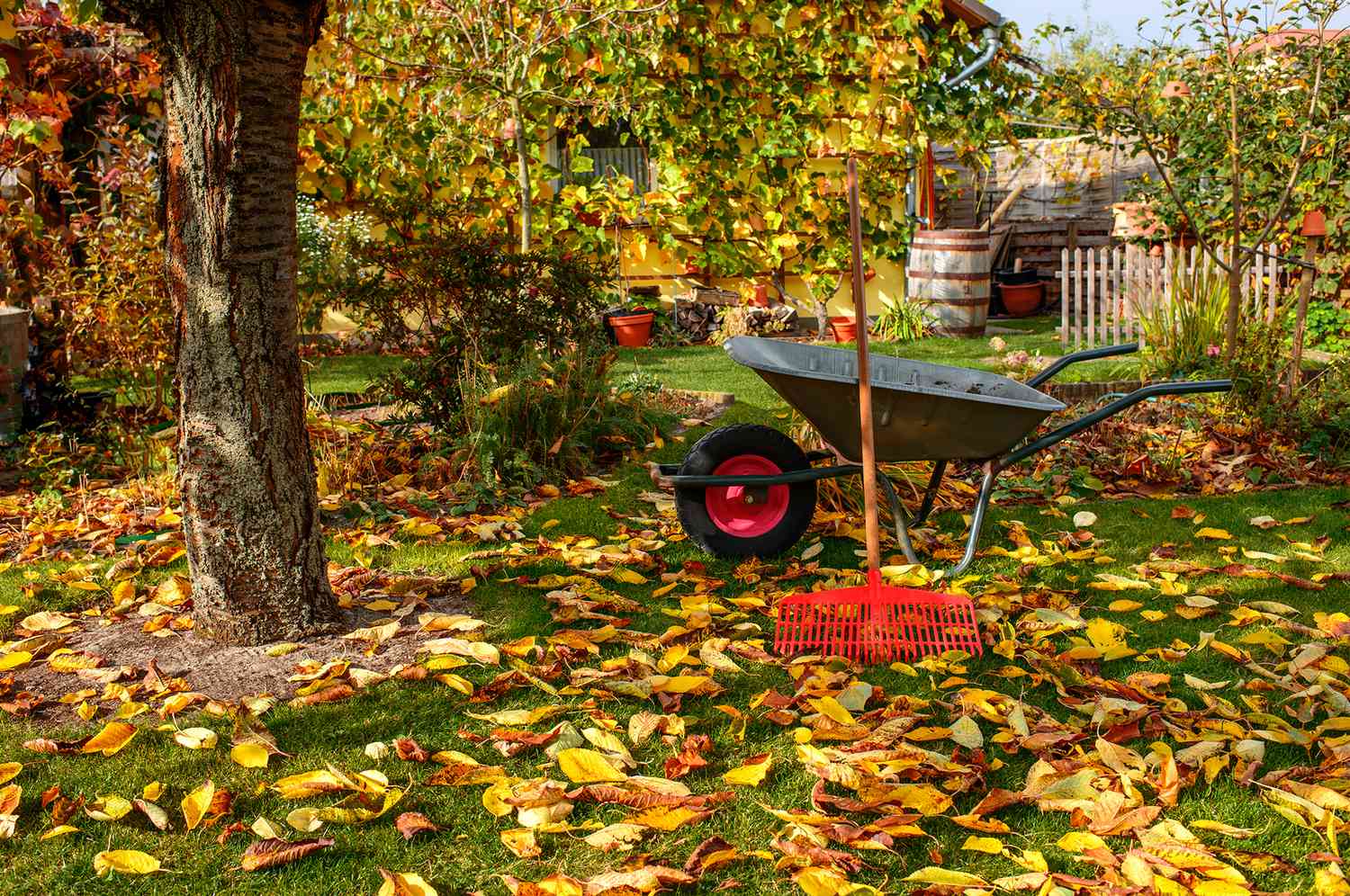

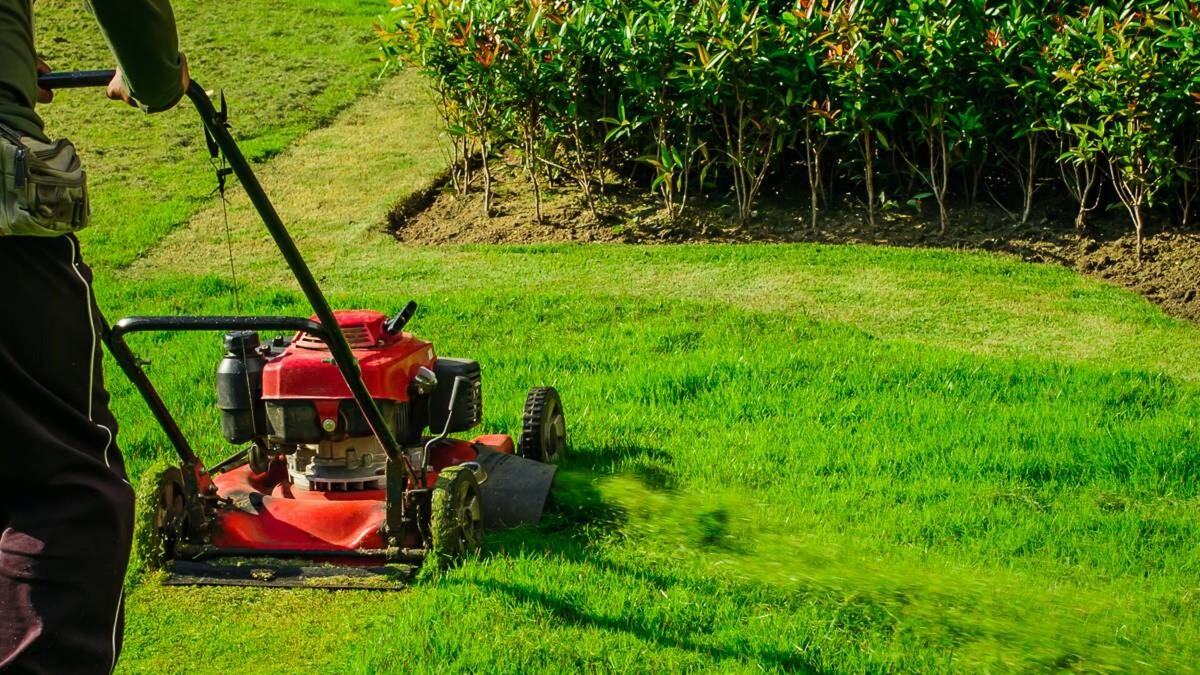

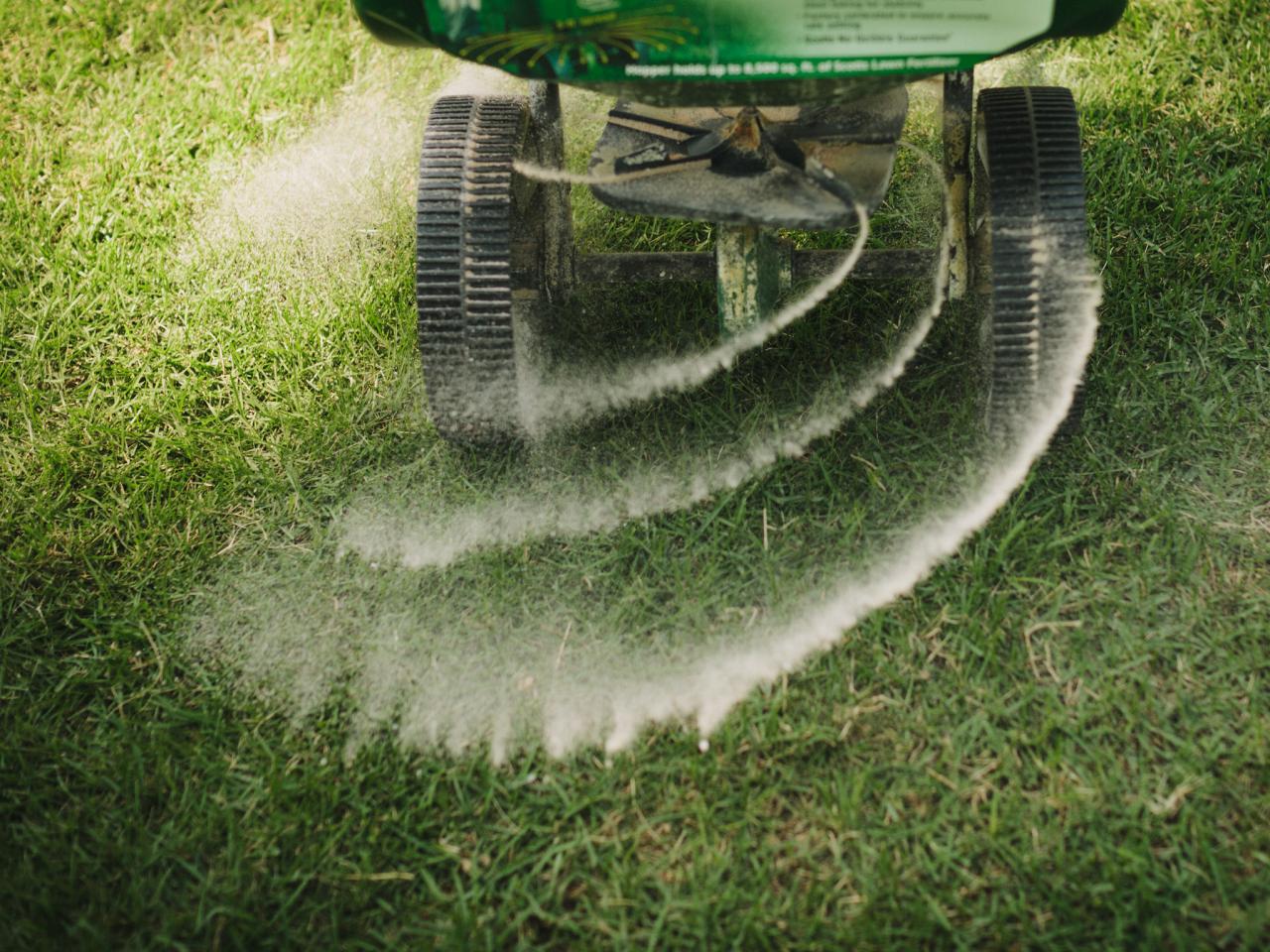


0 thoughts on “What Length To Cut Grass In Fall”